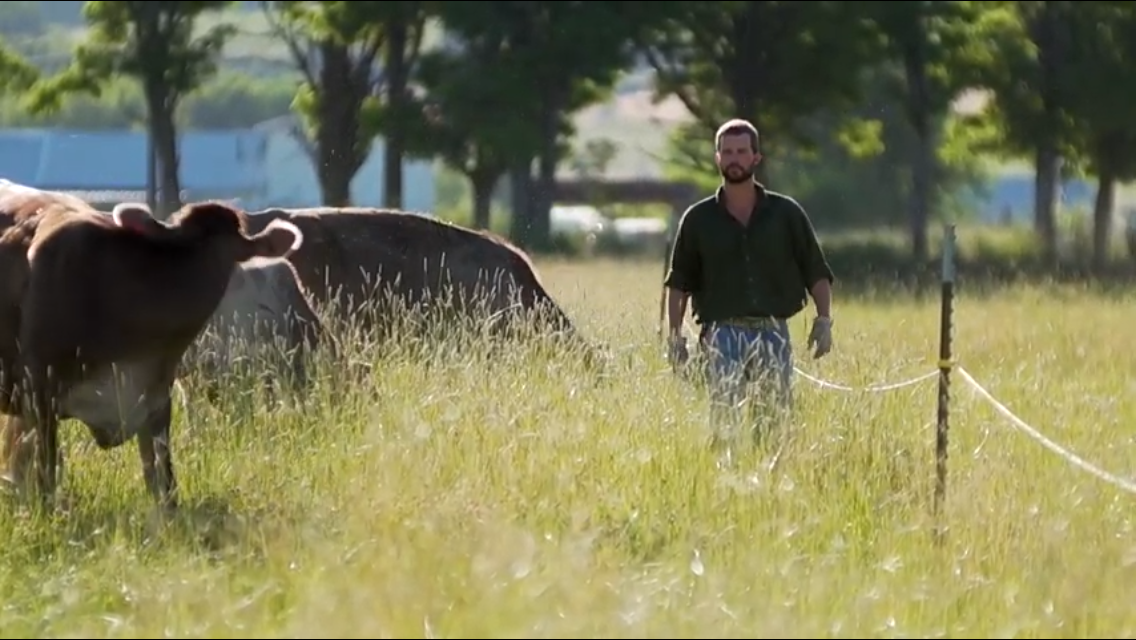Recently a friend shared an article with us entitled “Grass-fed Beef -- the Most Vegan Item in the Supermarket” written by Andrew French and posted on medium.com. It is thoughtfully laid out, and makes a strong case that conventional row-cropping creates far more suffering than the raising and harvesting of cows for grass-finished beef.
A grain field is plowed and turned multiple times to prepare for planting, and then the crop is mechanically weeded and sprayed. Each time, small animals are disturbed, poisoned, or outright chopped up, and the larger denizens of the natural world, the foxes and deer, are pushed far away, until that field is a moonscape and a mass graveyard of animal and insect life.
Contrast this with perennial pasture. In our pastures we grow a widely diverse mix of grasses, legumes, and herbs that provide complementing nutritional strengths for our cows, and provide cover and habitat for field mice, voles and earthworms as well as pheasants and quail, which in turn provide sustenance for hawks and owls and foxes. We also include buffer zones and transition areas along the edges of our fields that are wildlife highways.
When plants are not tilled, their root structures can grow several feet deep, sometimes up to 12 feet below the surface, helping to break up compacted soils, building healthy topsoil, and sequestering a significant amount of carbon.
We have advocated for local food for a long time, thus the author’s note about the steep demand for avocados stood out to me. According to his sources, America’s demand for avocados has driven the price out of reach for the average Mexican, where avocados are grown. Beyond that, avocado farmers in Mexico are now chopping down the pine forest habitats of the Monarch Butterfly to make room for more avocado plantations. Think about it! How many Monarch Butterflies inadvertently gave their lives for our guacamole? Nothing is without consequence.
If you have chosen a vegan diet because it feels better for your body, more power to you. We need to be sensitive to what works for each of us. However, if you have jumped on the vegan program out of concern for animals, consider this author’s perspective that vegetable and grain production takes more life than grass-finished beef.
All life is fed by consuming other life. Please appreciate, acknowledge, and respect the gift you receive in every meal. The more locally you can eat, the better you are able to do that.
Aaron
PS - Whenever people tell me “Thanks, we’re vegan,” I smile and say, “So are my cows!” :)



























